CHINASE | ENGLISH
bottom
NEWS
CZ-2D carrier rocket succeeded in launching Yaogan-37 and Shiyan-22A/B satellites
At 15:00 on January 13, 2023, the CZ-2D carrier rocket developed by Shanghai Academy of Spaceflight Technology blasted off from Jiuquan Satellite Launch Center, successfully sending Yaogan-37 satellite and two carrying satellites into the preset orbit, marking a complete success of the launch mission, and a good start for Shanghai Academy of Spaceflight Technology to launch carrier rockets in 2023. Yaogan-37 satellite is mainly used in the in-orbit verification test of new technologies, such as space environment monitoring, and is developed by Shanghai Academy of Spaceflight Technology. Shiyan-22A/B satellites are respectively developed by Shanghai Academy of Spaceflight Technology and Xi'an Institute of Optics and Precision Mechanics of CAS. Shiyan-22A satellite is mainly used in the in-orbit verification test of new technologies, such as space environment monitoring.
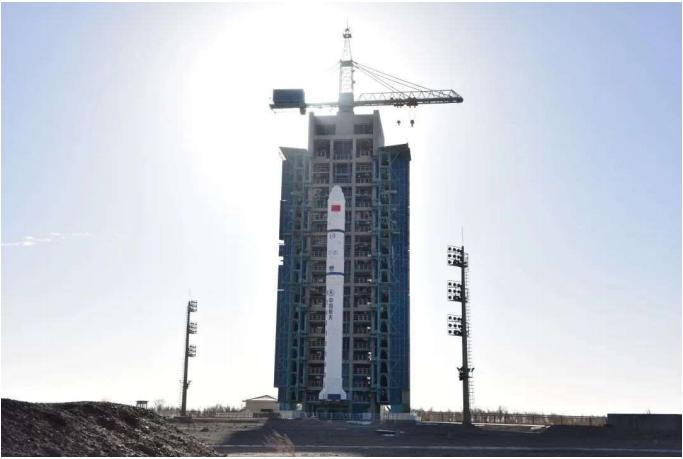
CZ-2D test team:
Providing more optimized launch modes for users
The CZ-2D carrier rocket is a 2-stage liquid rocket with propellant at normal temperature, with the characteristics of “high reliability, excellent economical efficiency, and strong adaptability”, and can support various forms of launch demands, such as single satellite, and multiple-satellite parallel connection, series connection and carrying. The carrying capacity at sun-synchronous orbit can reach 1.3 tons (orbit altitude: 700km).
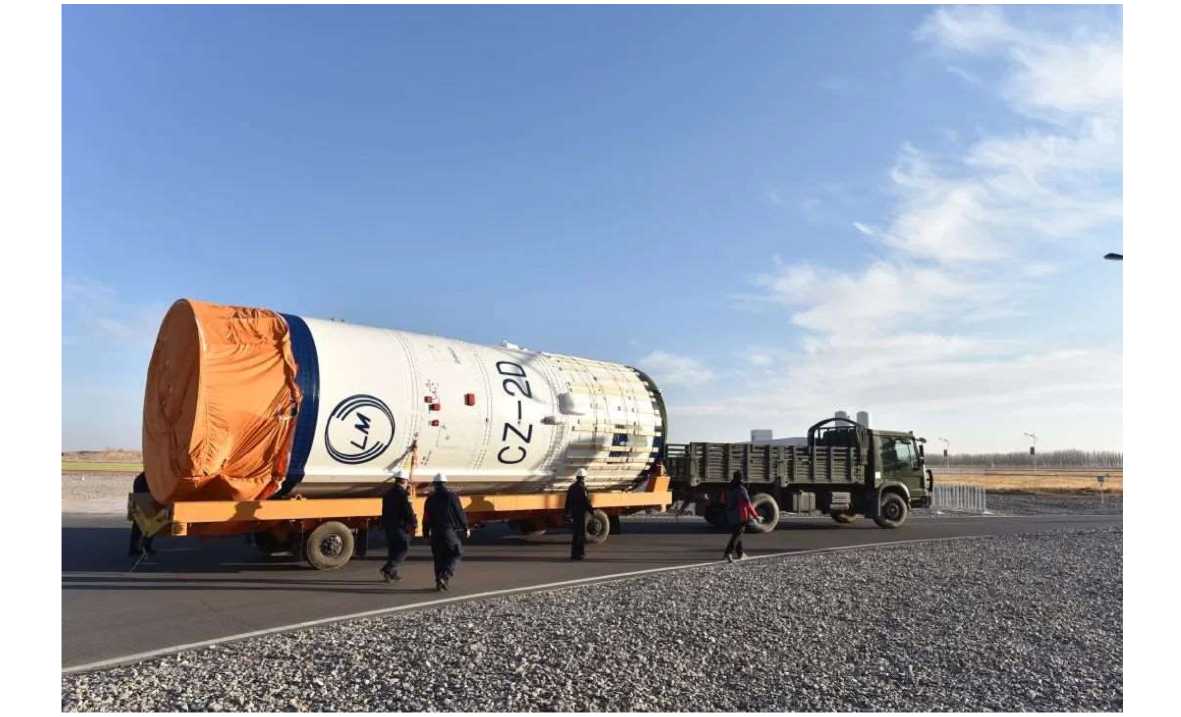
Based on the launch quality and overall dimensions of the primary satellite and carrying satellites, the original conventional support capsule sidewall carrying configuration cannot meet the demand for single rocket and three satellites, so in order to maximize the rocket carrying capacity, serial and parallel launch programs are adopted, with the primary satellite being arranged inside the satellite fairing. Meanwhile, serial structures are added to the load capsule under the fairing, to install two carrying satellites. In respect of the characteristics of the two carrying separation devices, the highly applicable load disc layout program is adopted to place the two carrying satellites in parallel. This configuration is firstly used by CZ-2D carrier rocket, and is another technical innovation made by CZ-2D carrier rocket to meet the launch mission of multiple satellites.
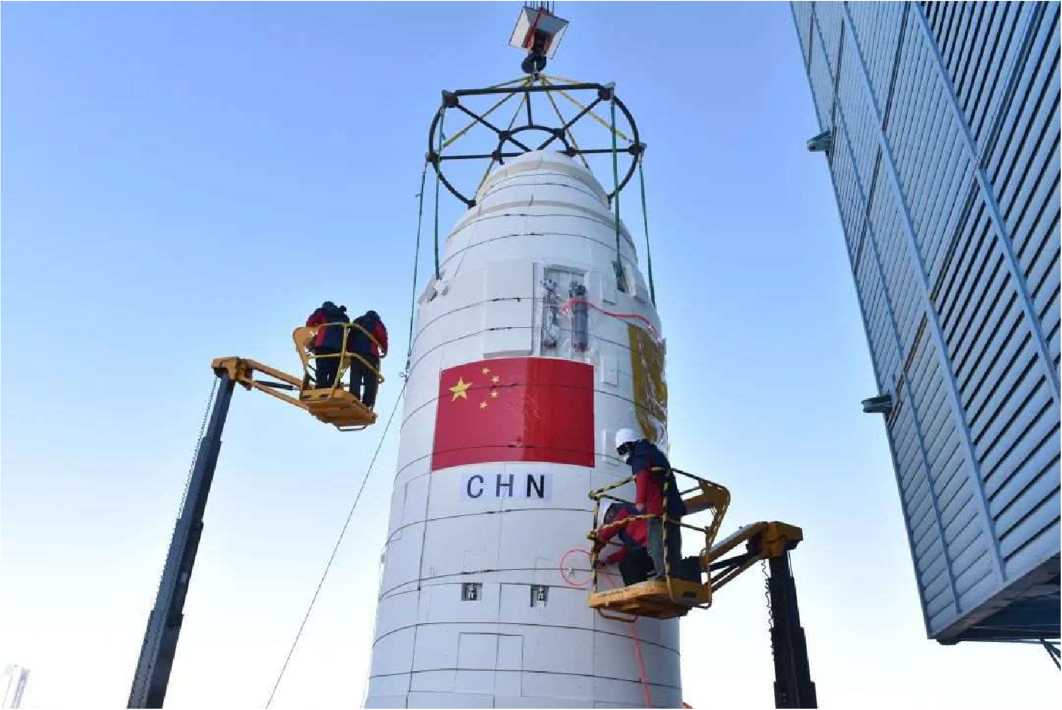
Meanwhile, with the successful launch of the mission, the rock-satellite separation device developed by Shanghai Academy of Spaceflight Technology has achieved the 300th set of consecutive successful launch records. Shanghai Aerospace Systems Engineering Institute has adhered to the concept of high reliability, low impact and low cost, and has been engaged in providing the optimal satellite-rocket connection and separation technical services for different weights and configurations of satellites. After exploring in the industry for 30 years, it has formed 4 series and 30 specifications of products, including clamp band, point type, mechanical type and cube separation devices, which can cover carrying, satellite, space, and deep space exploration sectors, providing extensive services for lunar exploration programs and other major national engineering programs.
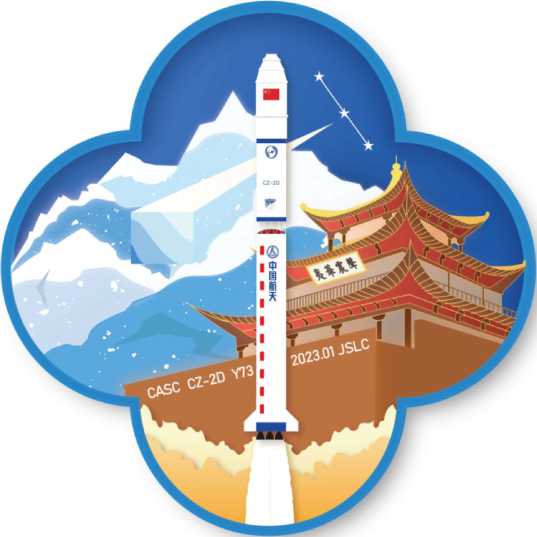
This is the 73rd launch of the CZ-2D carrier rocket, the 181st launch of the Long March series of carrier rockets developed by Shanghai Academy of Spaceflight Technology, and the 461st launch of the Long March series of carrier rockets.
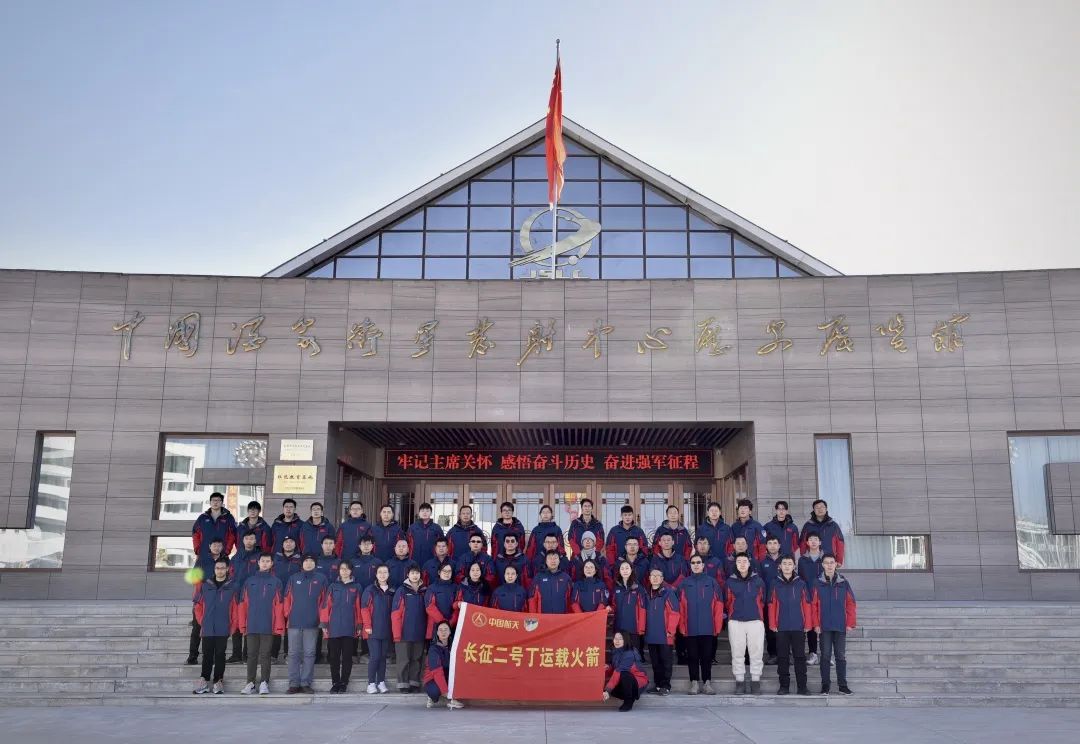
Yaogan-37 satellite test team
Renewing the record of the shortest work cycle in the technical area of similar satellites
Yaogan-37 satellite test team is a trustworthy team formed by both senior “aerospace workers”, and “post-80s” and “post-90s” young forces, with hard working styles. In the face of the severe pandemic situation and the challenge of competitive bidding at multiple lines, Yaogan-37 satellite development team planned in advance, strictly implemented the scheduled procedures, and completed the satellite development and launch mission on schedule with high quality.
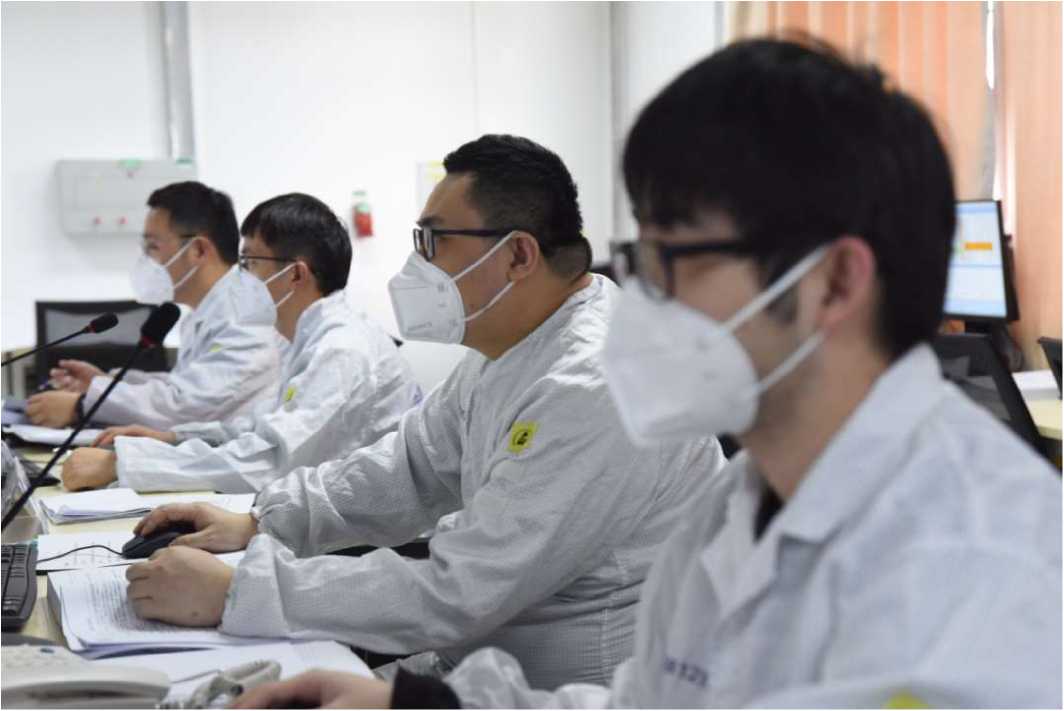
Owing to the long-term work engaged by Shanghai Academy of Spaceflight Technology in the type serialization of satellites, Yaogan-37 satellite achieved the one-step development of the flight model via the platform for the first time, during which the team actively implemented process optimization, and as the pilot model, Shanghai Academy of Spaceflight Technology realized the one-step assembly of cables on the satellite and no repair of cables in the satellite sector for the first time. Meanwhile, it also canceled the pre-vibration solar array deployment for the first time, and promoted the further optimization of development processes, such as the whole satellite transport, the integrated transport of solar battery array with the satellite, and the transport of the flight model cell with the satellite. As the most integrated satellite among the large satellites for the first launch in the satellite sector of Shanghai Academy of Spaceflight Technology, Yaogan-37 satellite has renewed the record of the shortest work cycle in the technical area of similar satellites.
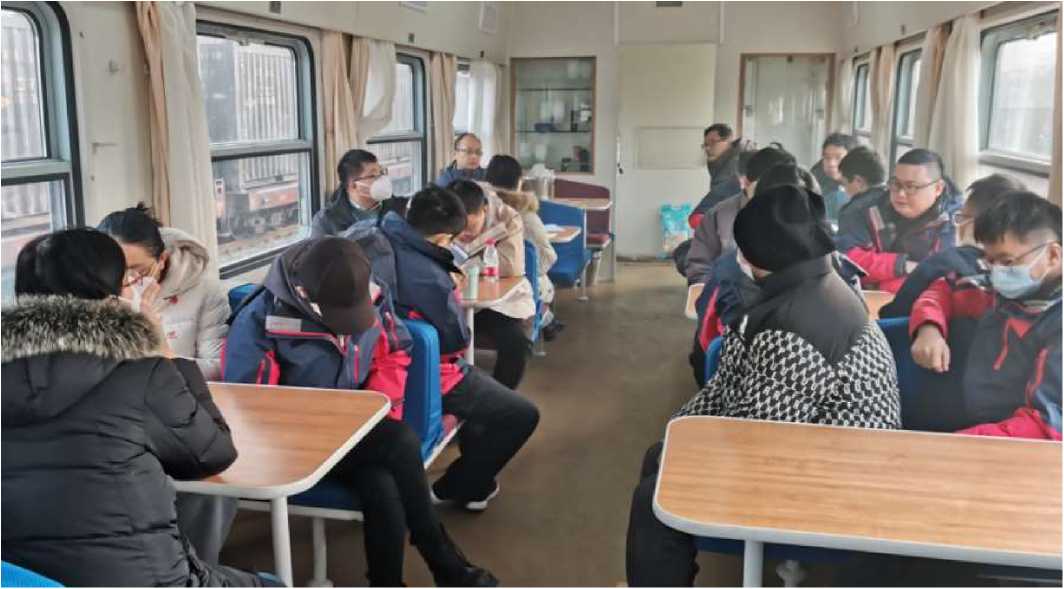
Before the delivery of satellites, the test team has given full consideration to various risks caused by the pandemic, planned in advance, adopted the program of assigning all test crews to the site with the satellite express, to minimize the influence of the pandemic on the model mission, and effectively guarantee the scheduled arrival of the troops and test materials. On the express, the test team made use of the time to check the defects and omissions, discuss the failure plans, risks and other issues, and make the dining car and sleeper car a perfect place for discussion. Meanwhile, the test crews also actively carried out "double thinking" activities, laying a foundation for the successful launch of the satellite into the orbit and its stable operation.
To guarantee the successful completion of the mission on schedule, the team took precautions, and worked overtime to cut down the schedule, and only took 19 days to complete all the work that was scheduled to be completed in 21 days in the technical area. In the face of the unexpected pandemic, all the test crews of Yaogan-37 test team made the determination to guarantee the success of the mission, despite the difficulties, to make sure that the launch mission can be completed successfully.
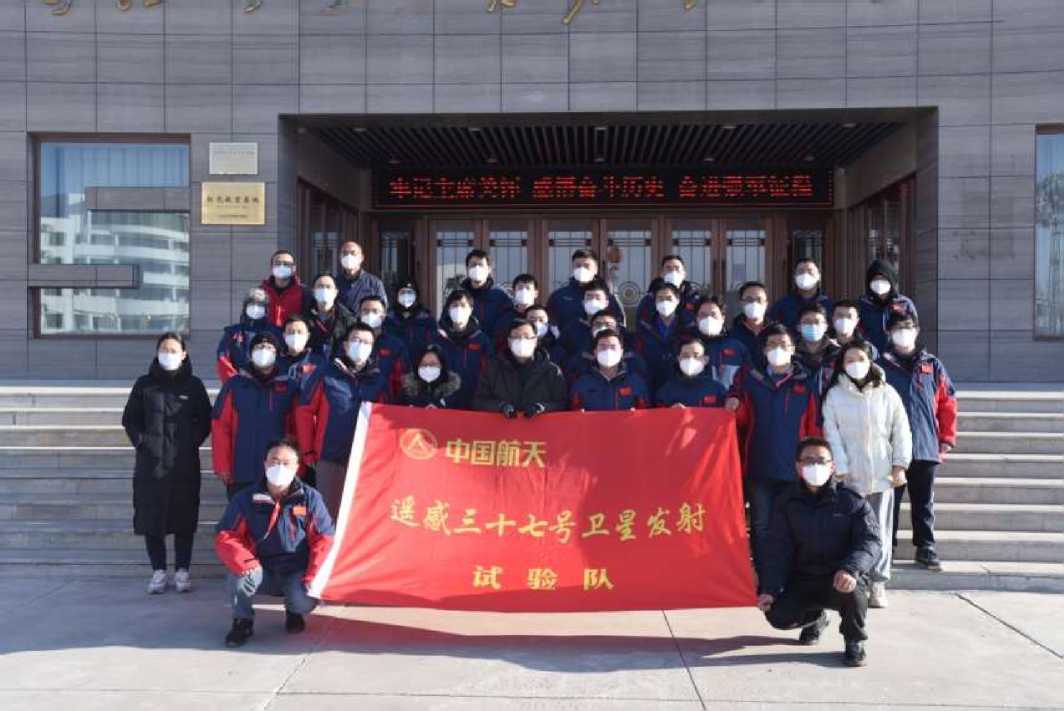
Shiyan-22A satellite test team
Ensuring that all work can be completed in one time
Given the new normal of high-density launch and high-intensity development, Shiya-22A satellite development team made an overall plan, actively simplified the test crews, and eliminated backup posts for the same platform series, and implemented cross backup, starting a new chapter of simplifying and optimizing the quantity of test crews entering the site.
The test team made full preparations before entering the site, drew lessons from common problems, promoted multiple lines at the same time, and did their best to solve all technical problems at the site during the development and test, while ensuring test coverage. After entering the site, the test team also adhered to a careful and precise working style and implemented various work in strict accordance with the test process and detailed rules of the launch site, to guarantee that all work can be accurately completed in one time.
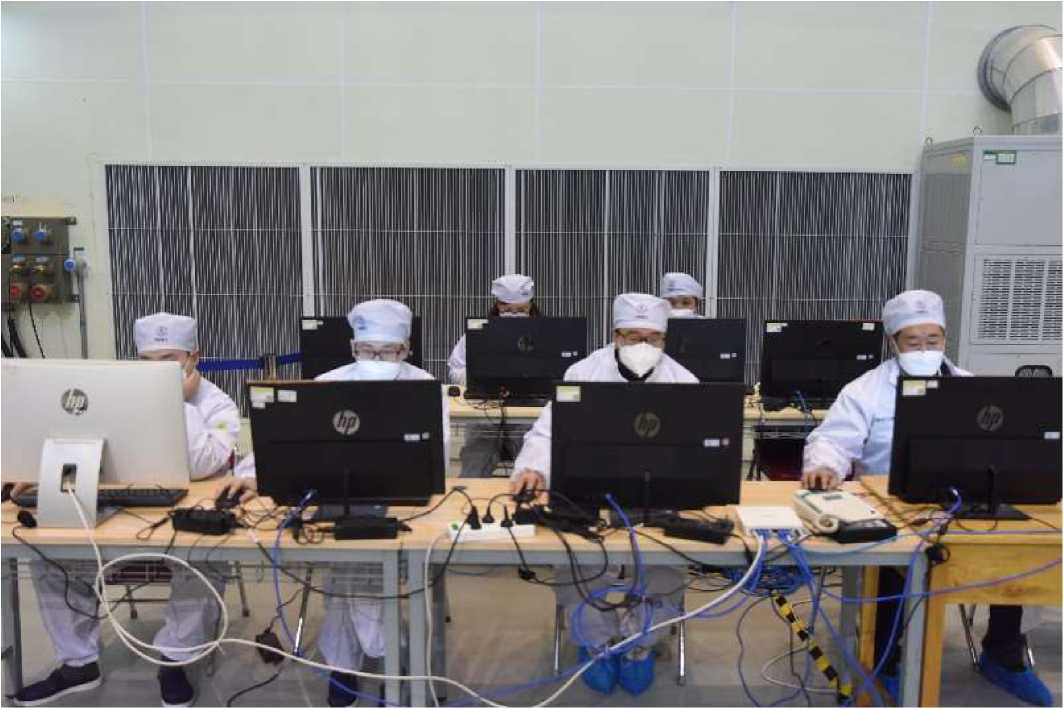
The test team only took 6 days to complete various work in the technical area of the launch site in order, reserving sufficient time for effectively linking the total time node of the “single rocket, multiple satellites” launch mission.
On the basis of summarizing the early experience, Shiyan-22A satellite development team adopted multiple measures, such as the integrated transport of the solar array with the satellite, the programmatic design of core mission functions, the simplified process of development technologies, the optimization of launch site workflows as well as the screening and identification of key parameters, to guarantee the equal emphasis on the model quality and work efficiency, and explore the new direction of technical tests.
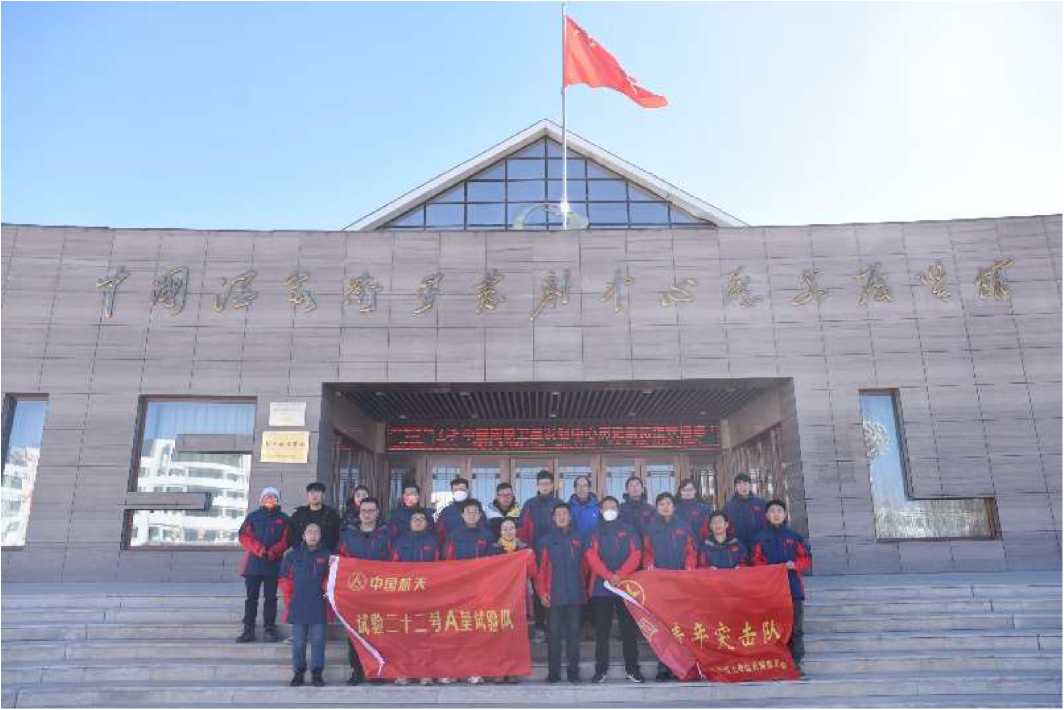
The development team broken through the concept of traditional subsystems, adopted the technical concept with modular and shelf products as the basis, integrated electronics with high functional density as the basic framework, and software products as the core function. Based on the development and launch of the model, the team actively explored and practiced the new model of fast batch development, production and tests, and further strengthened the foundation for the subsequent development of micro-nano satellites.

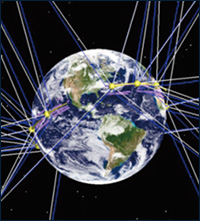
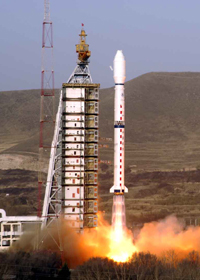
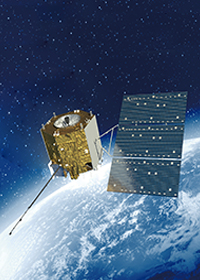

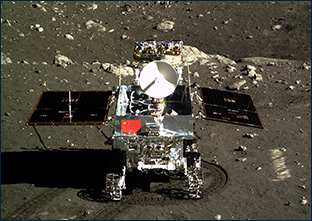
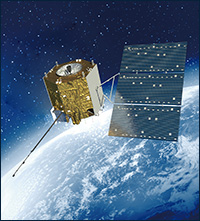

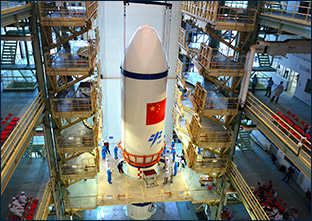



 DOWNLOAD
DOWNLOAD E-MAIL
E-MAIL